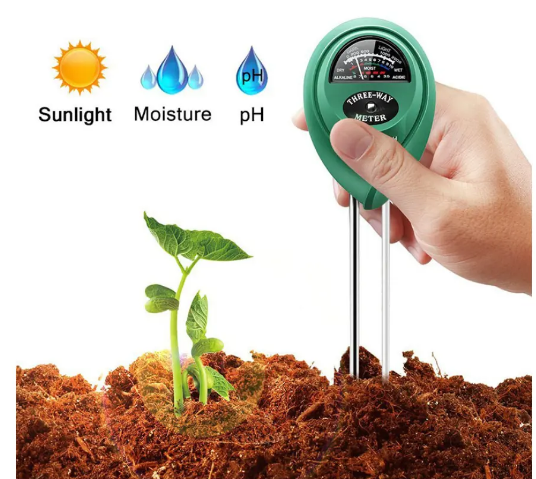Houseplants are a great way to add beauty to your home and can really brighten up your home. But if you’re struggling to keep them alive (despite your best efforts!), you may be making these mistakes when repotting your plants.
Repotting plants may seem simple, but one mistake can shock your plant and potentially kill it. As the name suggests, transplant shock occurs when a plant shows signs of distress after being uprooted and replanted in a new pot. Typical signs to look for include yellowing or falling leaves, wilting, root damage and a distinct lack of new growth.
That’s why it’s important to know how to properly repot a plant so that it lives a long, healthy life. More importantly, you shouldn’t save a dying plant before it’s too late!
So, if you want to keep your houseplants happy and healthy, avoid these 9 common potting mistakes.
If you don’t want to get your hands dirty, here are 7 indoor plants you can grow without soil. Avoid These 7 Mistakes That Could Kill Your Houseplants.
While it may be tempting to use the same soil in your garden, never use it to replant houseplants. Using the wrong soil can lead to the spread of fungi or bacteria, which can affect your plants and cause them to die.
Instead, always use high-quality potting soil or compost for growing indoor plants. Unlike garden soil, potting soil or compost contains the nutrients your plants need to thrive. In addition, a mixture of ingredients such as peat and pine bark is excellent at retaining moisture. Perlite is especially suitable for indoor plants because it drains easier and also reduces the risk of waterlogging and root rot.
Another common mistake when repotting is placing the plant in a pot that is too large. While some may think that larger pots provide enough space for plants to grow faster, this may actually cause some plants to grow slower.
There is also a risk of overwatering, and once the excess soil holds too much moisture, the roots will become weak and susceptible to rotting. Experts always recommend using a pot that is 2 to 4 inches larger in diameter and 1 to 2 inches deeper than the plant’s existing pot.
Generally speaking, the best materials for pots are clay, terracotta or ceramic pots, which allow more oxygen to pass through. However, plastic is not porous and tends to reduce the amount of oxygen or moisture reaching your plants.
Having a beautiful pot, we often forget to make drainage holes in its bottom. These holes are essential for proper soil drainage, good air circulation, and leaching of salts from the soil.
If your pot doesn’t have holes, simply drill a few holes in the bottom of the container. Then place the pan on a tray to catch excess water. Be sure to empty it after watering so it doesn’t sit there too long.
Another way to improve drainage is to place a layer of rocks or pebbles in the bottom of the pot before adding soil. Again, this absorbs excess water until the plant sucks it up from the roots.
We may think that houseplants need a lot of water to survive, but the opposite may be true. If you’re wondering why your plants are suddenly wilting despite being given water, this might be the reason.
Wet soil restricts air flow around the roots and encourages the growth of fungi and bacteria, which can cause root rot and effectively kill the plant. As a general rule, never overwater while the top layer of soil is still damp. You can test the bottom layer of soil with your finger to determine moisture levels, or buy a soil moisture meter.
Likewise, another mistake is not watering enough or watering only when there are signs of wilting. If your plant doesn’t get enough water, it won’t get all the elements it needs for healthy growth. Moreover, if the soil dries out over a long period of time, it will eventually become compacted, making it difficult for water to reach the roots properly. Also, wilted plants will definitely benefit from watering, but once they show signs of shock, you may have waited too late.
As a last resort, experts recommend watering from below so that the soil absorbs as much water as possible. This also ensures that the roots are completely saturated with water without any dry areas.
Just because a plant is classified as “low light” doesn’t mean it can survive without light. Plants still need a lot of light to grow and thrive, and if placed in a dark room or corner, your houseplant will likely die.
Try to move such plants to a brighter place in the room and away from direct light. As a general rule, low-light plants require at least 1,000 lux (100 foot-candles) of light on a standard day. This is enough to keep them healthy and last longer.
Likewise, placing indoor plants in direct midday sunlight is a common repotting mistake. While most plants can tolerate an hour or two of direct su
Post time: Dec-27-2023



